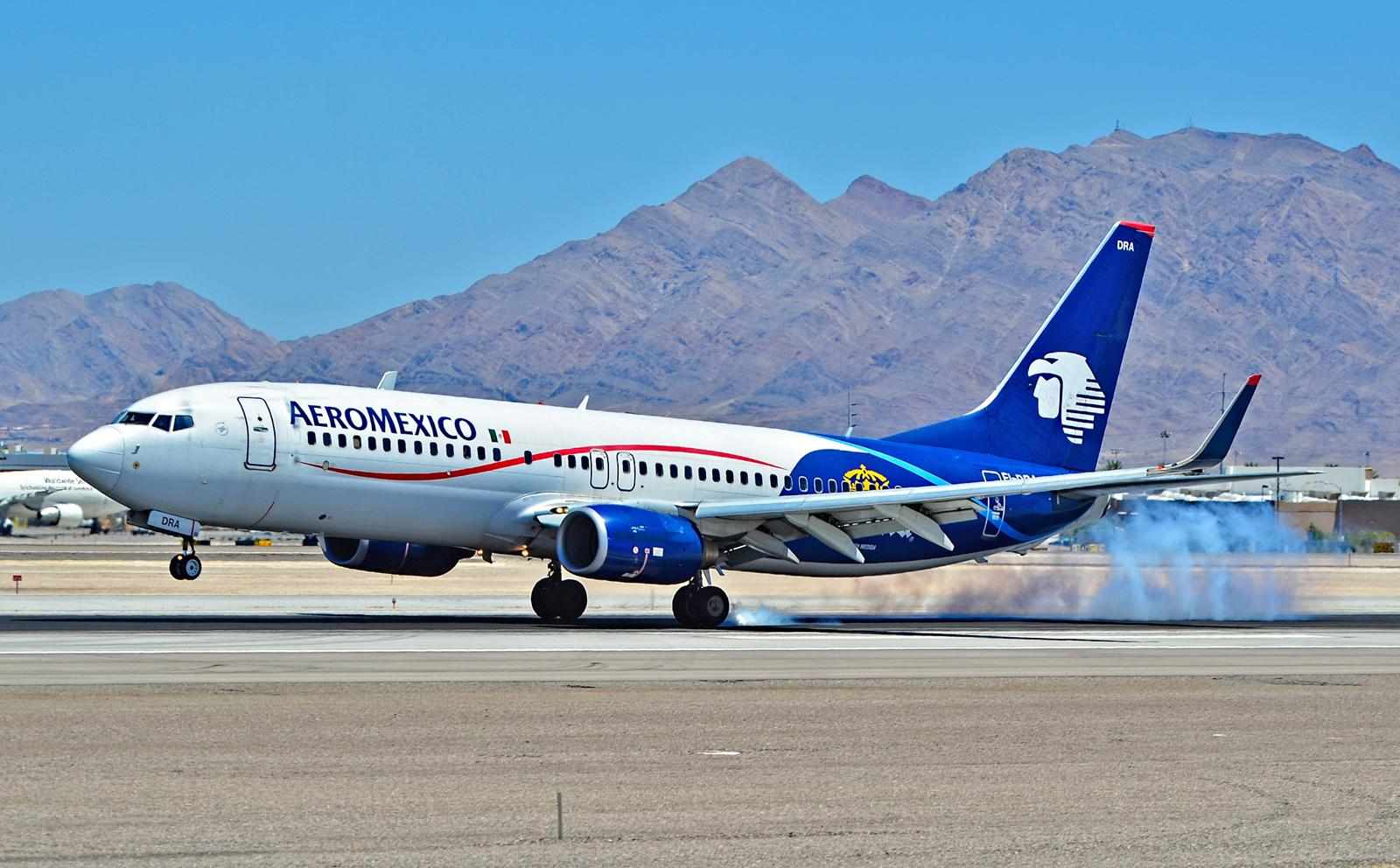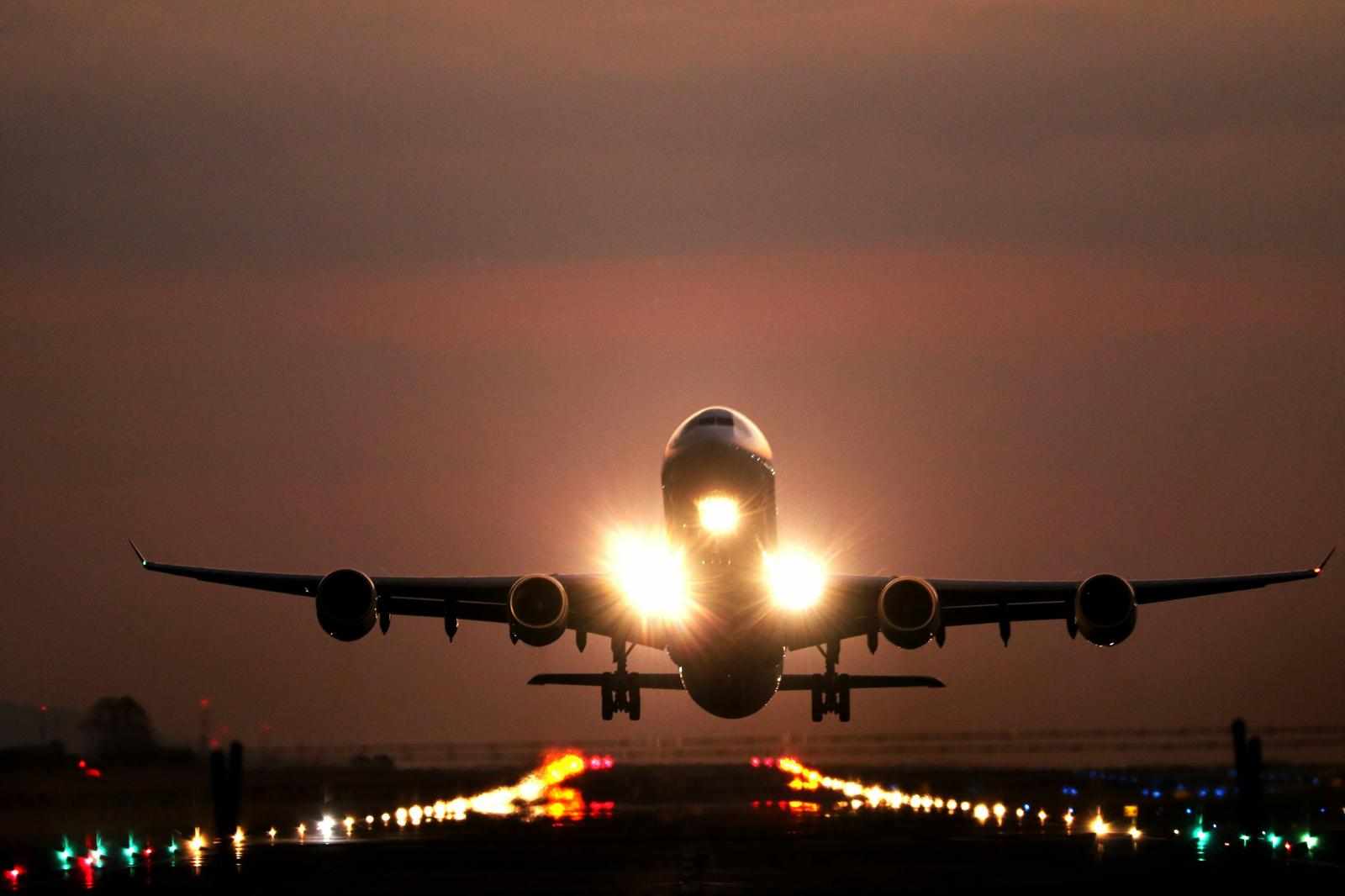
London Heathrow Airport has long been a symbol of global connectivity, facilitating the movement of millions across continents. Among the major international carriers operating out of Heathrow, United Airlines London Heathrow Airport stands out for its extensive transatlantic service, strategic use of infrastructure, and its seamless integration into the Star Alliance network. United’s presence at Heathrow is not only practical but also emblematic of its commitment to global reach and premium service, especially on routes connecting the United Kingdom and the United States.
With operations based in Terminal 2—the Queen’s Terminal—United Airlines offers a premium experience to both business and leisure travelers. The airline’s reputation for reliability, frequency of service, and evolving onboard amenities have helped it carve out a strong position at Heathrow, one of the world’s most competitive aviation arenas.
Terminal 2: A Purpose-Built Platform for Star Alliance Integration
United Airlines operates exclusively from Terminal 2 at Heathrow, a facility purpose-built to house members of the Star Alliance. As one of Star Alliance’s founding carriers, United benefits from the terminal’s design, which prioritizes shared infrastructure and convenient passenger transitions. Terminal 2 was rebuilt and reopened in 2014 and has since become one of Heathrow’s most efficient and passenger-friendly terminals.
For United, the location is ideal. Its placement alongside Star Alliance partners such as Lufthansa, ANA, and Air Canada facilitates interline transfers, co-branded services, and efficient gate assignments. Terminal 2 supports streamlined check-in procedures through dedicated kiosks, staffed counters, and separate lines for Premier Access passengers and MileagePlus elite members. This environment creates a smooth experience for United’s international clientele, many of whom are frequent fliers or corporate travelers.
Once airside, passengers encounter a thoughtfully designed terminal that features natural light, well-organized signage, and an abundance of amenities. Retail shops, duty-free outlets, and upscale restaurants contribute to a premium pre-boarding experience. Importantly for United, Terminal 2 also supports operational efficiencies, including quick aircraft turnaround times, integrated baggage systems, and tech-driven ground services that enhance on-time performance.
Route Network and Strategic Connectivity
United Airlines has long viewed Heathrow as a critical gateway for transatlantic traffic. It offers multiple non-stop daily flights from London to major U.S. hubs, including New York/Newark (EWR), Washington D.C. (IAD), Chicago O’Hare (ORD), San Francisco (SFO), and Los Angeles (LAX). These destinations were chosen not only for their high passenger demand but also for their roles as connecting centers in United’s broader domestic and international network.
The Newark and Washington routes, in particular, are favored by business travelers, offering early morning arrivals in the U.S. and evening departures from Heathrow. Chicago and San Francisco flights serve as crucial east-west links, while the Los Angeles route supports both leisure and entertainment industry demand.
One of United’s key advantages at Heathrow is the ability to offer multiple daily departures to some U.S. cities. This level of frequency gives travelers the flexibility to choose flights that match their schedules and minimizes layover times for connecting passengers. By strategically aligning its Heathrow schedule with domestic flight banks in the U.S., United ensures that international travelers can connect seamlessly to onward destinations across North America.
Aircraft and Cabin Innovations
To support long-haul operations from Heathrow, United Airlines deploys a fleet of wide-body aircraft, including Boeing 767-300ER, 777-200ER, and the state-of-the-art 787 Dreamliner. These aircraft are known for their range, fuel efficiency, and comfort, making them ideal for intercontinental travel.
The cabin configuration on these aircraft includes three main classes of service:
Polaris Business Class – United’s signature long-haul business product features lie-flat seats, direct aisle access, Saks Fifth Avenue bedding, multi-course dining, and noise-reducing headphones. Polaris passengers also benefit from priority check-in, security, and boarding at Heathrow.
Premium Plus – This premium economy offering includes more spacious seating, additional recline, enhanced meal service, and upgraded amenity kits. It’s targeted at travelers seeking comfort without the price tag of business class.
Economy and Economy Plus – United’s economy cabin provides complimentary meals, in-flight entertainment, and Wi-Fi options. Economy Plus, which offers extra legroom, is available for purchase or complimentary for MileagePlus Premier members.
These aircraft are also equipped with large overhead bins, ambient lighting to reduce jet lag, and advanced HEPA filtration systems. These features contribute to an improved overall passenger experience, particularly on longer routes such as London to San Francisco or Los Angeles.
Lounge Access and Premium Ground Services
While United does not have a Polaris Lounge at Heathrow, premium travelers are welcomed into the Star Alliance Lounge at Terminal 2. Known for its elegant design, floor-to-ceiling windows, and high-end food and beverage service, the lounge offers a sophisticated pre-flight retreat. Guests can enjoy buffet-style dining, quiet zones, workspaces, and even shower facilities.
Eligible travelers include those flying Polaris Business Class, MileagePlus Premier Gold and higher members, and Star Alliance Gold customers. The lounge experience underscores United’s commitment to comfort and service continuity, even outside its U.S. base of operations.
In addition to lounge access, United offers Premier Access services at Heathrow. These include expedited check-in, security screening, and baggage handling, all of which are essential for reducing time spent on the ground. United also provides special assistance for passengers with reduced mobility and other needs, supported by Heathrow’s accessibility infrastructure.
United’s Role in the Business Travel Ecosystem
London and the United States are bound by deep economic ties, with financial services, technology, pharmaceuticals, and creative industries driving travel between the two regions. United Airlines serves this demand by aligning its Heathrow operations with the preferences of corporate travelers.
Timely departures, reliable performance, and airport services tailored to business professionals make United a trusted choice in the transatlantic corporate travel market. Moreover, the airline has forged numerous corporate travel agreements and loyalty programs that incentivize frequent bookings.
United’s Polaris product, available on all Heathrow flights, was developed with business travelers in mind. The private seating configuration, refined dining, and workspace amenities allow executives to rest or stay productive while in transit. In combination with the MileagePlus loyalty program and Global Services tier for top customers, United offers a comprehensive value proposition for business clientele.
Integration with the Star Alliance Network
Operating from Terminal 2 gives United a strategic advantage: immediate proximity to its Star Alliance partners, who also use the terminal. This makes connections between United and other international airlines significantly easier than at airports where alliances are spread across terminals.
Passengers arriving on Lufthansa from Frankfurt or SAS from Copenhagen, for instance, can connect to a United flight to Chicago or New York with a short walk and minimal transfer time. Through coordinated ticketing, shared lounges, and through-checked baggage, the Star Alliance experience is highly integrated at Heathrow, a model for alliance-based cooperation.
This network also enables United to offer competitive fares and expanded reach. Through code-sharing and interline agreements, passengers can book multi-leg journeys that begin in the Middle East or Asia and transit through Heathrow to North America on a single itinerary.
Baggage Handling and Operational Coordination
One of Heathrow’s strengths—and a necessity for United’s scale of operations—is its high-tech baggage management system. Terminal 2’s baggage infrastructure is fully automated, with tracking capabilities that reduce misrouted bags and support tight connection times.
United also works closely with ground handling providers to ensure that aircraft are serviced efficiently. From cabin cleaning to catering to aircraft refueling, turnaround processes are carefully choreographed. These behind-the-scenes efforts are essential in minimizing delays and maximizing aircraft utilization.
Coordination between United’s Heathrow station managers, maintenance personnel, and customer service teams is vital in maintaining the carrier’s standards. In a high-traffic airport like Heathrow, proactive problem-solving and real-time communication are what distinguish excellent performance from the average.
Environmental Responsibility and Future Strategy
United Airlines has publicly committed to a net-zero emissions goal by 2050, making sustainability a core focus across its network, including operations at Heathrow. The airline is investing heavily in sustainable aviation fuel (SAF), with several partnerships aimed at developing scalable alternatives to traditional jet fuel.
At Heathrow, United participates in initiatives aimed at reducing airport-related emissions. This includes the use of electric ground vehicles, energy-efficient terminal operations, and reduced engine taxiing procedures. These sustainability efforts are not just environmentally beneficial but also appeal to eco-conscious travelers.
Looking forward, United’s strategy at Heathrow is poised for further evolution. While expansion is limited by slot constraints, United may continue optimizing existing schedules, increasing capacity with larger aircraft, and introducing new service offerings tailored to premium markets. The airline’s growing emphasis on digital innovation, customer personalization, and real-time service feedback will also shape the Heathrow experience in the years ahead.
Final Thoughts
United Airlines LHR Terminal is a blend of global connectivity, strategic alliances, premium service, and operational excellence. Its base in Terminal 2 provides a structural and strategic advantage, enabling smooth coordination with Star Alliance partners and delivering a world-class experience for passengers.
Whether flying for business, leisure, or connection to a far-off destination, United’s Heathrow presence exemplifies what modern international air travel should look like—reliable, comfortable, well-integrated, and forward-thinking. As United continues to evolve and respond to changing travel demands, its role at Heathrow will remain pivotal in shaping the future of transatlantic aviation.



















Write a comment ...